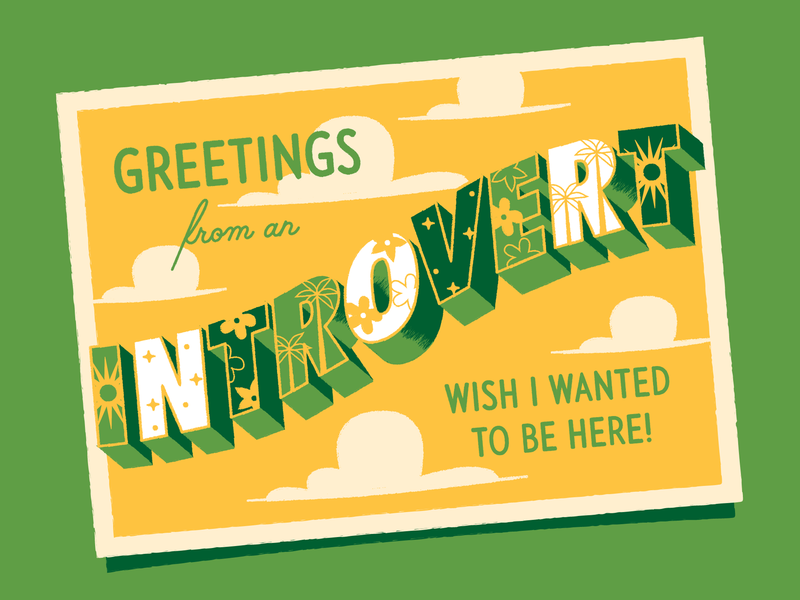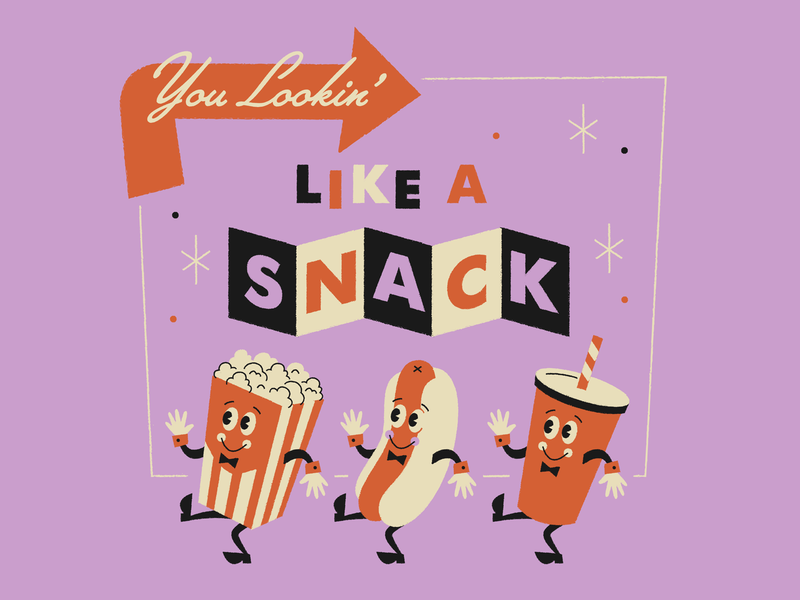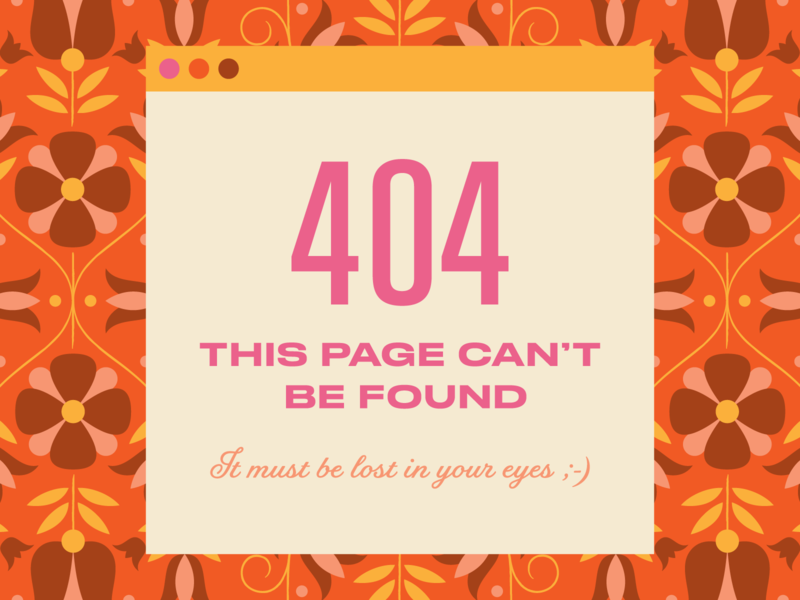If you’re familiar with Lisa Engler’s work, you know it’s bursting with personality and humor. Watch our exclusive video interview to hear how Lisa approaches her creative work as a designer who loves relating to others, and walk away with some solid advice on building out a successful career in design.
Hi, I’m Lisa Engler. I’m a freelance illustrator and designer.
Why did you become a designer?
My favorite thing when I’ve visited new cities has always been to look for the old signage and the old architecture—the old ephemera from the 50s and 60s. I have a camera roll of like 300 pictures of random no parking signs.
One of the things that really clicked with me that I wanted to do that sort of stuff was thinking that I can create the sort of things that make other people have that same reaction when they see it, or they can laugh about it, or they can relate to it, or if they just straight up think it’s beautiful. That’s cool.
How do you stay creative when uninspired?
We got into this field because we were inspired by good design that we saw. Exposing myself to new design again and new architecture, and new signage, and new branding out in the world kind of reignites that in my mind. It doesn’t have to be like going to a totally new place. You can just go get lunch in a different neighborhood—go to a grocery store and look at the nice fancy packaging.
How can design influence change?
We have the skill sets to be able to create change. As designers, our skillset is really just perfectly tailored to be involved in political change and social change. It’s completely relevant. Even when it can feel like you’re just sitting in an office while the world is on fire.
Favorite type of project…
I have the most fun when it’s supposed to be something a little bit witty or kind of funny or maybe a little bit of dark humor. Not every project you get an opportunity to really put heart and personality into it. And so I really love when those projects come along because I feel like when you’re able to focus more on the personality or the heart and the humor of the work, then that’s the thing that will help the work last and persist, and still resonate with people.
Having a local design community
It can feel kind of daunting with so many other designers, not just in the world but even just here in the Bay Area. I’ve been very lucky to find a group of friends that is very low ego and non-competitive. Getting a project that’s unusual and you have no idea how to price for this, it’s great that I can group text my other illustrator friends and be like, “What would you do for this? Does this feel kind of in the right ballpark?” It feels good to have that small community where you feel like you’re helping each other.
Working in women-led design
I’ve really enjoyed, since I’ve been independent, getting to work with a lot of female-owned studios. It almost feels like a little mini-network where you see these female creative directors intentionally hiring female freelancers and working for female-driven companies.
I’ve worked on a lot of apps that have been for new moms or apps to connect women to each other—the sort of thing that I wasn’t really getting when I was working in large agencies with huge companies. It’s the sort of thing that I’ve only really gotten to dive into since I’ve been on my own, and working on a lot more like person-to-person.
How do you prepare for what’s next?
Keep a list, either written or mental, of all of the stuff that you can do to make your future self’s life easier. And I think that keeps me from freaking out or wanting to just give up on freelancing because no one hired me to do anything this week. There’s always a million things that you can do that is going to be beneficial to your future self. Whether it’s doing some personal work or updating your portfolio, or posting some stuff on Dribbble. Have things to keep yourself busy when the work isn’t coming in so that way you don’t get totally discouraged.
Advice…
Your portfolio should look like the sort of work that you want to get hired for. Being able to create a portfolio of work that matches your own values will hopefully bring in more people who align with that.
It’s a long game—design is—which I think sounds discouraging if you’re just starting out. I remember being in college and we had a guest speaker that was like, “It will take you seven years to be successful.” And I was like, “Crap.”
The larger body of work you have, the more chances there are for a future client to come across something that resonates with them. It’s pretty regular for a client that I get now in 2019 to reference something that I did in 2015 as the thing that they want their project to look like. And I feel like that’s kind of rewarding.
Want to keep up with Lisa? Find her on Dribbble, Instagram, Twitter, and at lisaeatsa.pizza.
Find more Interviews stories on our blog Courtside. Have a suggestion? Contact stories@dribbble.com.











